LifeMD Launches GLP-1 Weight Management Program
MedCity News
JUNE 28, 2023
Through LifeMD’s new weight management program, consumers can gain access to GLP-1 prescriptions like Ozempic and Wegovy, clinical support, lab testing, education and more.
This site uses cookies to improve your experience. To help us insure we adhere to various privacy regulations, please select your country/region of residence. If you do not select a country, we will assume you are from the United States. Select your Cookie Settings or view our Privacy Policy and Terms of Use.
Cookies and similar technologies are used on this website for proper function of the website, for tracking performance analytics and for marketing purposes. We and some of our third-party providers may use cookie data for various purposes. Please review the cookie settings below and choose your preference.
Used for the proper function of the website
Used for monitoring website traffic and interactions
Cookies and similar technologies are used on this website for proper function of the website, for tracking performance analytics and for marketing purposes. We and some of our third-party providers may use cookie data for various purposes. Please review the cookie settings below and choose your preference.

MedCity News
JUNE 28, 2023
Through LifeMD’s new weight management program, consumers can gain access to GLP-1 prescriptions like Ozempic and Wegovy, clinical support, lab testing, education and more.

MedCity News
JUNE 21, 2023
Its platform provides resources for patients who are trying to conceive — including telehealth, at-home testing, prescriptions, mental health services, education and care coordination. A new startup named Zuri Fertility recently launched.
This site is protected by reCAPTCHA and the Google Privacy Policy and Terms of Service apply.
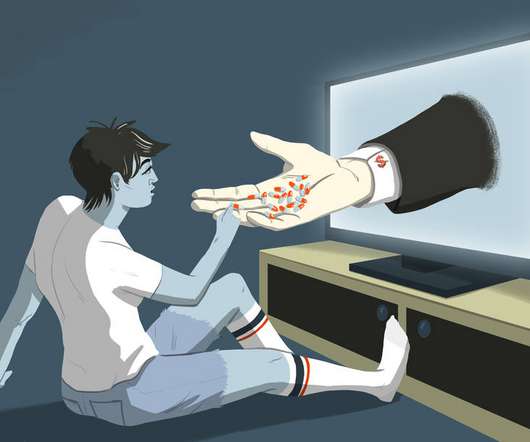
World of DTC Marketing
JULY 21, 2021
SUMMARY: DTC marketing is not the reason why prescription drugs cost so much. Here are some myths around DTC marketing: 1ne: DTC ads result in patients asking for prescriptions they don’t need. 2wo: DTC marketing is one of the reasons prescription drugs cost so much. DTC ads raise awareness around health conditions.

World of DTC Marketing
MARCH 18, 2021
This is just another example of how clueless the FDA is regarding patient behavior and prescription drugs. Some patients love the brand of prescription drugs they take because simply “they work” Pharma companies do study brand names, but that’s only about the overall branding of the product. The post Dear FDA: WTF?
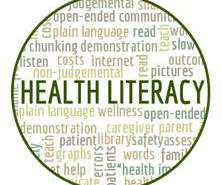
World of DTC Marketing
AUGUST 6, 2021
Over one-third struggle with basic health tasks, such as following prescription-drug directions. When patients receive written health communication materials that don’t match their reading level, patient education is not effective. Nearly 36 percent of adults in the U.S. In other words, it’s a huge problem.
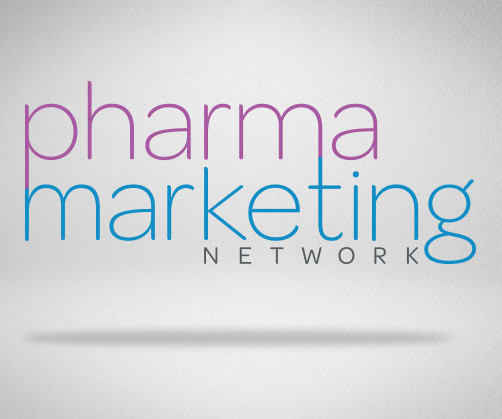
Pharma Marketing Network
FEBRUARY 27, 2025
Drive prescription intent by educating HCPs about the latest drug advancements. Pharma brands like Pfizer, Novartis, and Eli Lilly have successfully used digital marketing to enhance patient education, improve physician engagement, and boost drug adoption. If your brand isnt providing educational content, someone else will.

PM360
JUNE 29, 2022
Despite a slew of prescription options and widespread advertising pushes, most patients are sticking with over-the-counter (OTC) remedies rather than trying new preventive medications, according to Phreesia Life Sciences’ survey results collected from more than 4,000 patients checking in for their doctors’ appointments in July 2021.
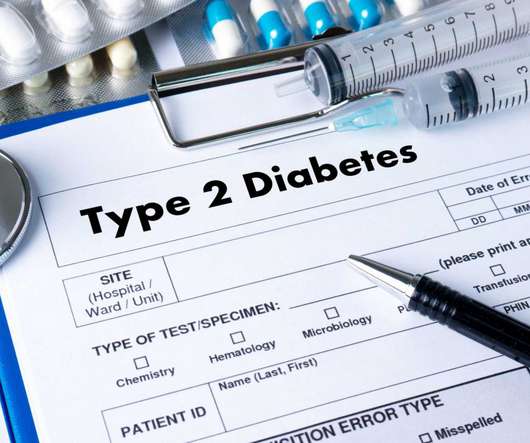
World of DTC Marketing
MARCH 29, 2022
Proper diet and exercise seem to be the prescription for many common health problems: high blood pressure and cholesterol, heart disease, stroke, and obesity. We need a nationally coordinated campaign to educate the public that diabetes and obesity are out of control. This is not normal.
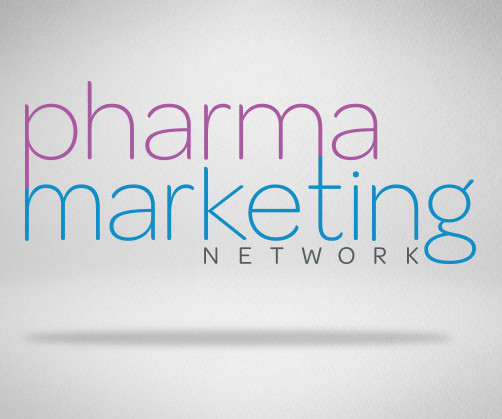
Pharma Marketing Network
MARCH 13, 2025
direct-to-consumer (DTC) pharmaceutical advertising has been a powerful tool for increasing brand awareness and educating patients. Television ads, in particular, have played a key role in promoting prescription medications, from cholesterol-lowering statins to GLP-1 receptor agonists like Ozempic. In the U.S.,

Pharma Marketing Network
APRIL 16, 2025
Thats the promise of data-driven marketing , a strategy thats rapidly transforming how pharmaceutical companies approach promotion, education, and engagement in 2025. HCP-Level Data This includes information about a healthcare providers specialty, prescribing patterns, affiliations, continuing education interests, and engagement history.

World of DTC Marketing
JULY 17, 2022
Payers also face hurdles, so patients must obtain permission before filling a prescription. One Maryland pharmacist told me she had seen many prescriptions for Wegovy, none of which had ever come back after being sent for authorization. . In addition, doctors may not be ready to prescribe the drug.
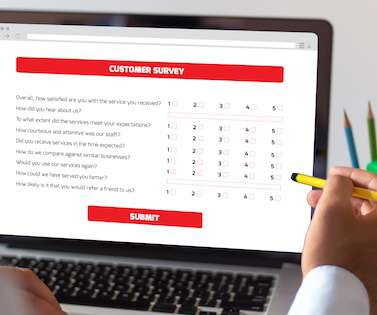
World of DTC Marketing
AUGUST 4, 2021
7even: Asked to rate pharma DTC TV spots (educational, make we want to know more) the almost everyone gave them a deficient rating. Yes, there is a lot of bad health information online, but the higher the education, the more they can eliminate false information. Their doctor was a distant second.

World of DTC Marketing
DECEMBER 2, 2021
Ad recall is essential for CPGs, but for prescription drugs, the question that’s missing is “what action did it lead to? College-educated online health seekers understand a “trade-off” between drug side effects and effectiveness, but Millenials want to know more about potential treatments. ” Uh…no.
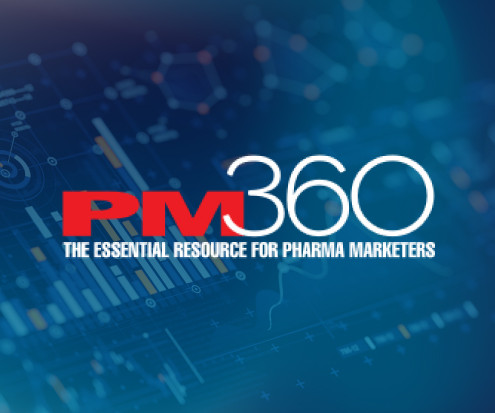
Eversana Intouch
AUGUST 15, 2024
For instance, consider the proportion of healthcare professionals (HCPs) whose perceptions shift due to medical education programs or the number of target audiences exhibiting changed behavior based on campaign messages. By doing so, we can minimize mismeasurement in unbranded awareness and educational programs.
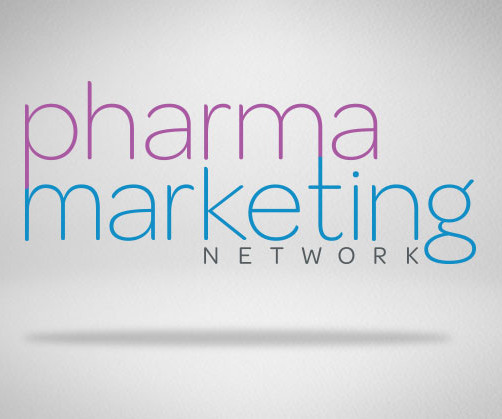
Pharma Marketing Network
MARCH 5, 2025
Lead Generation: HCPs looking for drug samples, whitepapers, or medical education can be driven to tailored landing pages. Challenges of Google Ads for Pharma Unlike e-commerce or SaaS brands , pharma advertising on Google faces several restrictions : No direct promotion of prescription drugs without certification.

PM360
APRIL 4, 2025
To earn CPTEd Certification, candidates must meet certain eligibility requirements, which include currently holding a pharmacy technician certification or pharmacy degree in addition to having at least three years of experience in pharmacy education or training.
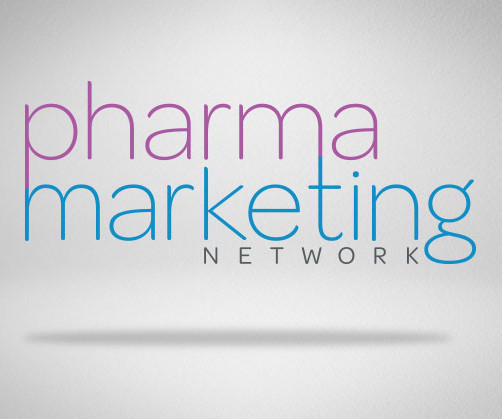
Pharma Marketing Network
NOVEMBER 24, 2024
They are key decision-makers influencing prescription trends. Use medical conferences, webinars, and educational content to connect with HCPs authentically. Patient testimonials, educational videos, and clear drug benefit explanations can foster trust. Targeting Healthcare Professionals (HCPs) Why focus on HCPs?

World of DTC Marketing
JUNE 3, 2021
It sucks so much money out of cities, towns and communities that public education, policing and social services have atrophied in many places across America. . The system floods the streets with drugs from fraudulent prescriptions. For workers, health care costs have caused wages to decline or remain stagnant in real terms for decades.

PM360
NOVEMBER 21, 2024
The Corcept team recognized the need to better focus its approach to disease education and, importantly, to reposition Korlym as the sole medical therapy indicated to treat hyperglycemia secondary to hypercortisolism in adults with endogenous hypercortisolism or Cushing syndrome (see full prescribing information).
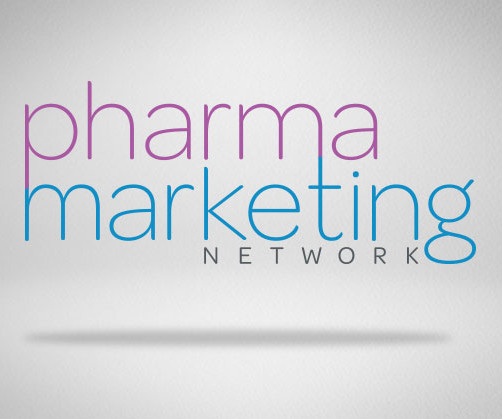
Pharma Marketing Network
APRIL 9, 2025
Its the primary driver of awareness, education, and brand loyalty. To stay relevant, pharma marketers need to view every digital touchpointemail, mobile, video, search, and displayas an opportunity to engage, educate, and convert. This shift means digital engagement is no longer a secondary channel.

World of DTC Marketing
AUGUST 8, 2022
The days of someone seeing an ad for a prescription drug and rushing to ask their doctor about it have replaced the quest for more information, usually online. 2wo: DTC marketers must be better prepared for possible obstacles to asking for an Rx and have content developed to inform and educate.

World of DTC Marketing
JANUARY 18, 2022
The types of professional content on Facebook that physicians are most likely to engage with include continuing medical education opportunities (37%) and physician online community information (31%). According to the CDC, prescription drug use increases with age, from 18.0% What about social media options? of adults aged 60 and over.

Pharma Marketing Network
MARCH 8, 2025
Pay-per-click (PPC) advertising allows brands to reach healthcare professionals (HCPs) and patients when they are actively searching for treatment options, drug information, or medical education. 70% of HCPs use digital platforms for medical research and education. No targeting based on sensitive medical conditions (e.g.,
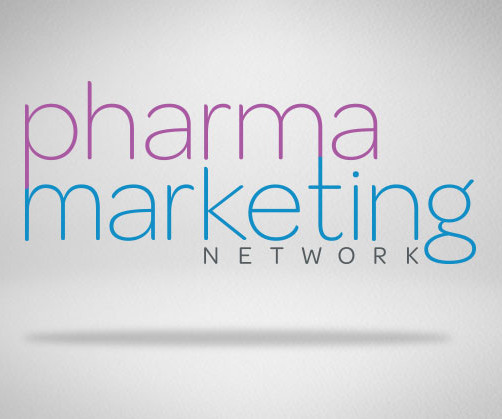
Pharma Marketing Network
APRIL 2, 2025
Table of Contents: Rethinking Engagement in a Digital-First World Personalization and Data-Driven Decision Making Multichannel Mastery and HCP Outreach Staying Compliant While Innovating FAQs Rethinking Engagement in a Digital-First World Gone are the days when field reps alone could drive prescriptions.
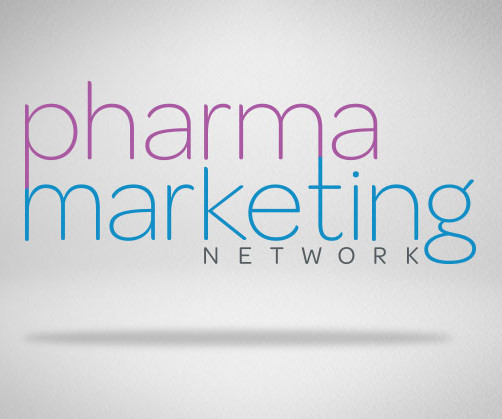
Pharma Marketing Network
MARCH 6, 2025
Social media advertising now plays a crucial role in reaching healthcare professionals (HCPs) and patients , allowing pharma brands to engage, educate, and build trust like never before. Patient Education Instagram, Facebook, and TikTok help spread disease awareness and medication safety information. Yes, but strict regulations apply.

Pharma Marketing Network
FEBRUARY 17, 2025
Can they navigate FDA guidelines, OPDP (Office of Prescription Drug Promotion) regulations, and ensure your campaigns are compliant? Can they measure ROI, prescription lift, and HCP engagement effectively? increased HCP engagement, prescription growth, or improved patient adherence).

PM360
APRIL 4, 2025
This data-driven approach helps marketers determine the best way to communicate whether through educational content, digital ads, or direct engagement. HCPs might receive an educational email, see a related digital ad, or get a call from a rep with more details. AI allows marketers to connect their efforts with real-world outcomes.

PM360
NOVEMBER 29, 2022
1 Yet, most patients haven’t tried prescription therapies, a discovery Phreesia Life Sciences made after surveying 6,780 adults age 18 and older who previously had been diagnosed with or treated for constipation as they checked in for their doctors’ appointments. Address Patients’ Quality of Life. Give Patients the Resources They Want.
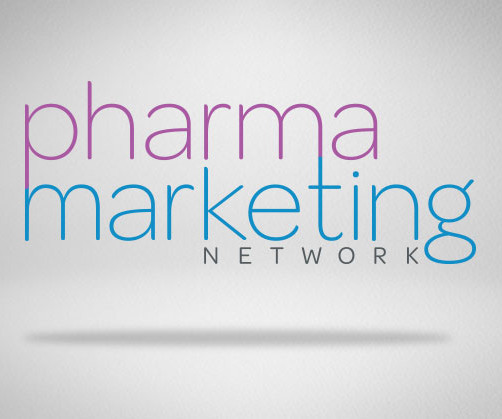
Pharma Marketing Network
APRIL 4, 2025
Pharma companies are increasingly leveraging referral systems through peer ambassador programs, physician-to-physician education, and even digitally enabled patient communities. For example, peer-to-peer education among HCPs allows experienced clinicians to share data, treatment insights, and product experiences with their peers.

PM360
DECEMBER 14, 2023
Survey any physician if they’ve been asked by a patient about a prescription weight loss medication and you’ll hear a resounding “yes.” The recent Sermo Barometer confirms that 89% of 300+ global practitioners have seen an increase in patients proactively requesting prescription weight loss medications.

World of DTC Marketing
MARCH 9, 2021
Your people also need to educate on key privacy issues. The other challenge for pharma in an email marketing campaign is privacy. eMail lists should never be shared with ANY vendor unless that vendor has gone through an extensive privacy review and certification.
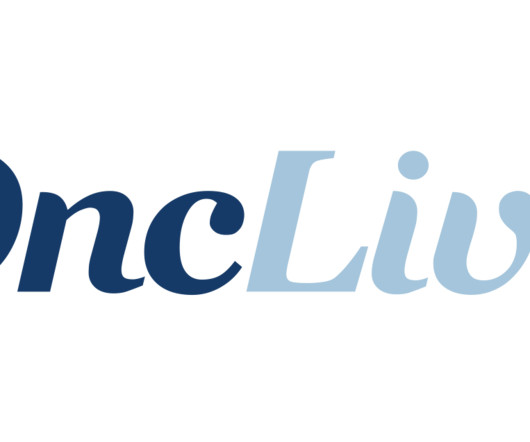
PharmExec
MARCH 31, 2025
Jennifer shares expert strategies for responsible marketing, working with influencers, and creating educational content that bridges the gap between patients and healthcare providers. Discover how pharmaceutical companies can navigate regulatory challenges while meaningfully engaging with consumers in digital spaces.

World of DTC Marketing
JUNE 18, 2021
The report fails to acknowledge the role of HCPs in prescribing medications and empowered patients who may have been educated by DTC ads. INSIGHT: The most advertised drugs are the ones that appeal to the largest audiences, and seniors take and need more prescription drugs.

Pharma Marketing Network
FEBRUARY 17, 2025
Why it matters: CTV ads have 3x higher engagement rates than traditional display ads, making them ideal for educating HCPs on new drug launches. Deliver patient education on chronic conditions. Prescription Lift: Is the campaign driving more prescriptions for branded drugs? Heres how to measure success: 1.

Pharma Marketing Network
APRIL 17, 2025
Simultaneously, lawmakers continue to call for restrictionsor outright banson direct-to-consumer (DTC) television ads for prescription drugs. Pharma brands are preparing for a world where patient education and brand awareness must thrive without a 60-second primetime commercial spot.
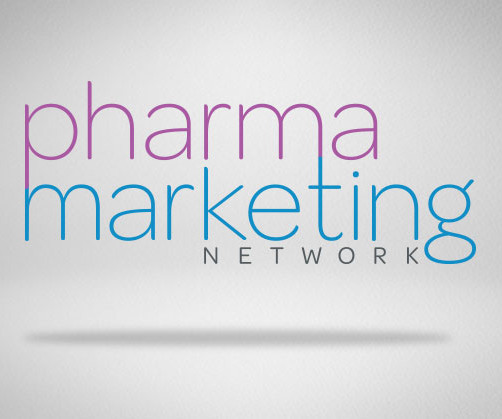
Pharma Marketing Network
MARCH 25, 2025
Understanding how to effectively engage HCPs in pharma marketing is essential for driving brand awareness, product education, and ultimately, prescription behavior. Educational content tends to outperform promotional messaging. This doesnt just improve engagementit demonstrates respect for the HCPs time.

Pharma Marketing Network
FEBRUARY 17, 2025
Full-page ads with clinical data can drive prescriptions. Here are key methods: Sales Uplift Analysis: Track prescription trends after ad campaigns. A spike in Trulicity prescriptions followed their TV ad blitz. Brands like Jardiance have leveraged emotional storytelling to highlight patient outcomes.

Contrarian Sales Techniques
NOVEMBER 18, 2024
Did you know not all medicines in Malaysia need a prescription? Some medications that are supposed to need a prescription – like antibiotics – can still be bought over the counter at smaller pharmacies. Breaking Down the Fact So, what’s the deal with prescriptions? Here’s what I’ve learned. Surprising, right?

eMediWrite
MAY 13, 2023
Knowledge marketing is a crucial method for influencing doctors’ prescription practises in the pharmaceutical business. These consist of: Programmes for continuing medical education (CME), both online and offline. Pharmaceutical marketers typically don’t spend enough on patient education.
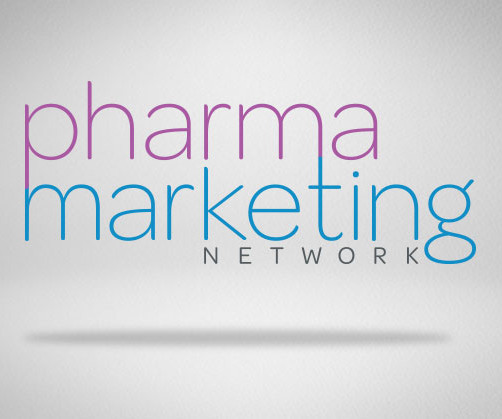
Pharma Marketing Network
MARCH 10, 2025
Through paid social campaigns, pharma brands can promote educational resources, scientific advancements, and treatment options that foster trust within the medical community and among patients. Google Ads requires pre-approval for prescription drug promotions, while platforms like TikTok prohibit pharma ads entirely. In the U.S.,

Pharma Marketing Network
APRIL 16, 2025
Today, content is expected to educate, empower, and evolve. The rise of identity-level targeting means marketers can now deliver content tailored not just to a specialty, but to a physicians location, behaviors, or even prescription trends. Gone are the days when static eBooks or overly branded brochures could engage your audience.

World of DTC Marketing
MAY 13, 2021
One study analyzed the drug ads of an anti-hypertensive drug in 210 issues of the NEJM between 1985 to 1996 and showed increased ad frequency was associated with an increase in prescriptions. But there are also warnings. Medical magazines and journals still rate very high in brand recall and ket messaging. But what about online?
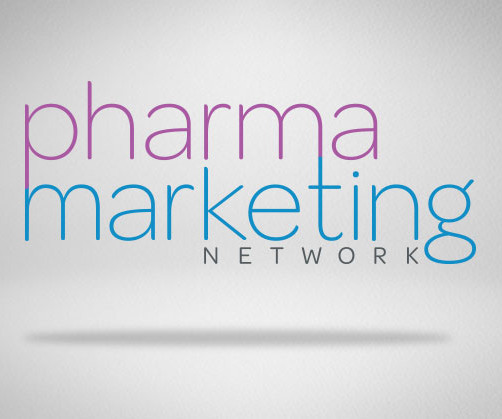
Pharma Marketing Network
MARCH 11, 2025
Email and Content Marketing Platforms Email remains a key channel for pharma marketing, especially for reaching HCPs with educational materials and product updates. Resources like the FDAs OPDP (Office of Prescription Drug Promotion) provide guidance on drug advertising and communication. Visit eHealthcare Solutions to learn more.

PM360
JUNE 24, 2024
Treatment Navigators provide much needed support and education throughout the rare disease journey helping those suffering with a rare disease comprehend what they don’t know and what they will face on their journey to treatment. prescriptions, medical devices, or other treatments).
Expert insights. Personalized for you.
We have resent the email to
Are you sure you want to cancel your subscriptions?


Let's personalize your content